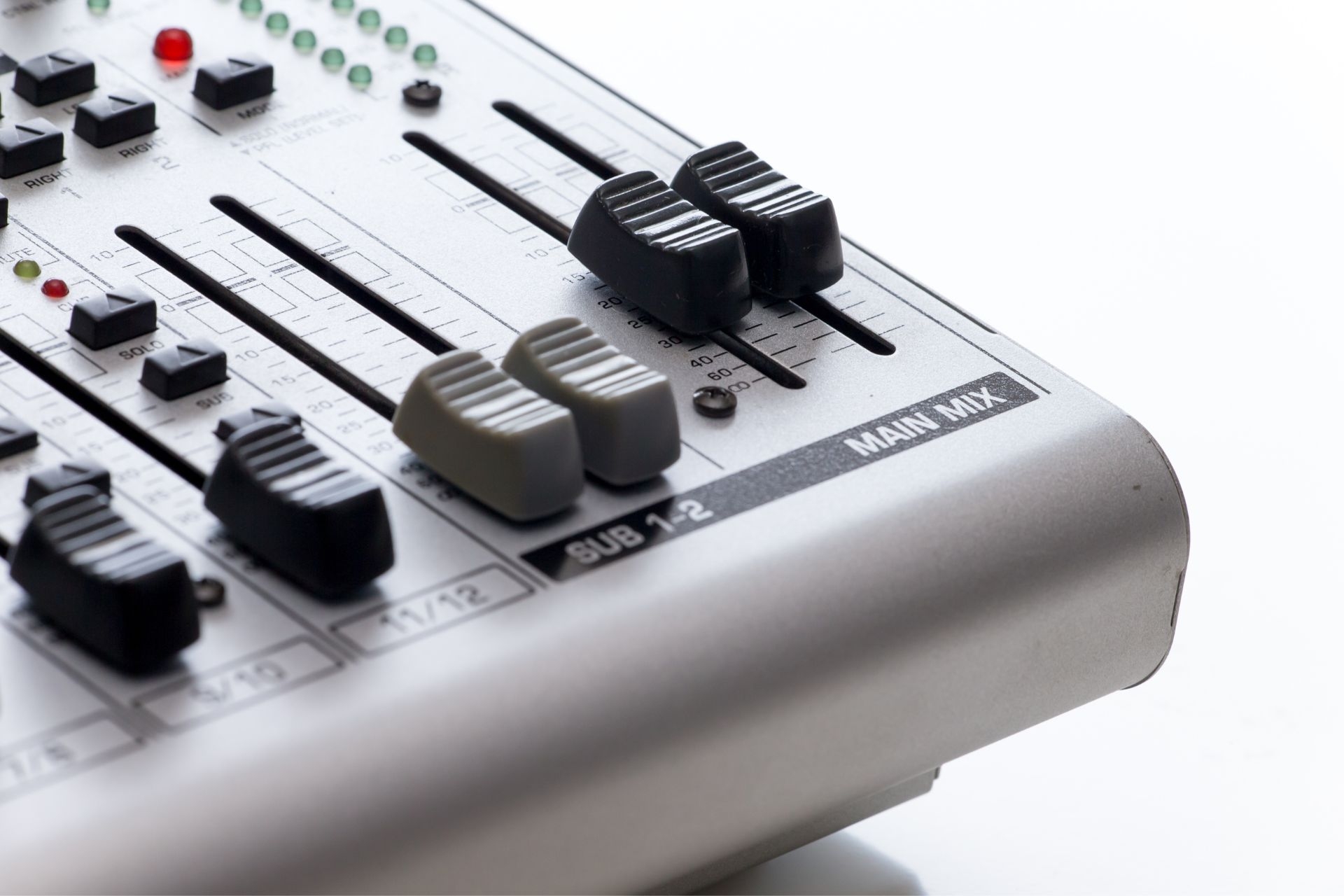

When it comes to storing 4K and 8K video footage, the best storage solutions are those that offer high capacity and fast data transfer speeds. External hard drives with large storage capacities, such as 10TB or more, are ideal for storing large video files. Additionally, using RAID systems can provide redundancy and data protection. Network Attached Storage (NAS) devices are also a popular choice as they allow for easy access and sharing of video files across multiple devices. It is important to choose storage solutions that are compatible with the video editing software being used and have sufficient bandwidth to handle the large file sizes of high-resolution video footage.
Effectively managing and organizing high-resolution video files is crucial for easy access and efficient workflow. One way to achieve this is by creating a clear folder structure that categorizes videos based on projects, dates, or other relevant criteria. It is also helpful to use descriptive file names and metadata to easily identify and search for specific videos. Utilizing video management software can further streamline the organization process by providing features such as tagging, keyword search, and automatic file sorting. Regularly backing up video files and maintaining a backup system is essential to prevent data loss and ensure easy access to files in case of any unforeseen issues.
While graphics processing units (GPUs) once resided exclusively in the domains of graphic-intensive games and video streaming, GPUs are now equally associated with and machine learning (ML). Their ability to perform multiple, simultaneous computations that distribute tasks—significantly speeding up ML workload processing—makes GPUs ideal for powering artificial intelligence (AI) applications. The single instruction multiple data (SIMD) stream architecture in a GPU enables data scientists to break down complex tasks into multiple small units. As such, enterprises pursuing AI and ML initiatives are now more likely to choose GPUs instead of central processing units (CPUs) to rapidly analyze large data sets in algorithmically complex and hardware-intensive machine learning workloads. This is especially true for large language models (LLMs) and the generative AI applications built on LLMs.To read this article in full, please click here
Posted by on 2024-03-12
In the rapidly evolving landscape of IaaS cloud computing, public cloud providers are increasingly reaching feature and function parity. This means they are beginning to look alike.Before you keyboard warriors remind me that some obscure feature in the object storage system on one provider is better than the object storage feature on another provider, I know they are not exactly the same. I think it’s okay to consider that they are all moving to a similar group of services that do the same things.How did it get this way? This development creates a competitive dynamic between these providers and offers new opportunities and challenges for enterprises. If we have three major cloud providers and three other providers that are catching up quickly, then it’s no longer reasonable to point to a single provider as the one to use. There’s no “best cloud” anymore.To read this article in full, please click here
Posted by on 2024-03-08
Web development platform provider Netlify has added AI-enabled deploy assist capabilities to its Composable Web Platform.Unveiled March 7, AI-enabled deploy assist analyzes failed deployments and offers suggestions to correct errors. Netlify said the feature is intended to reduce the time developers spend manually reviewing logs and debugging failed builds, ensuring failed builds do not become bottlenecks and improving the developer experience.Netlify CTO Dana Lawson explained how the company’s AI addresses issues across toolsets. “When building composable architectures, teams are pulling in tools, content, and integrations that suit them best. When issues happen, it’s not always clear what part of your composable architecture is having issues. It could be code, configuration, etc,” Lawson said.To read this article in full, please click here
Posted by on 2024-03-07
Kubernetes has become the de facto way to schedule and manage services in medium and large enterprises. Coupled with the microservice design pattern, it has proved to be a useful tool for managing everything from websites to data processing pipelines. But the ecosystem at large agrees that Kubernetes has a cost problem. Unfortunately, the predominant way to cut costs is itself a liability.The problem is not Kubernetes. The problem is the way we build applications.To read this article in full, please click here
Posted by on 2024-03-07
When it comes to editing and post-production of high-resolution video footage, it is recommended to use storage options that offer high read and write speeds. Solid-state drives (SSDs) are particularly well-suited for this purpose as they provide faster data transfer rates compared to traditional hard drives. SSDs also have no moving parts, making them more durable and less prone to data loss. For larger storage capacities, RAID systems or NAS devices with SSD caching can be used to combine the speed of SSDs with the capacity of traditional hard drives. It is important to consider the system requirements of the video editing software being used and ensure that the storage options chosen meet those requirements.

To prevent data loss and ensure the safety of high-resolution video footage, it is crucial to implement a robust backup strategy. One best practice is to have multiple copies of the video files stored in different locations. This can include external hard drives, NAS devices, or cloud storage. Regularly scheduled backups should be performed to ensure that the most up-to-date versions of the files are saved. It is also recommended to use backup software that offers features such as incremental backups, versioning, and encryption for added security. Verifying the integrity of the backup files and periodically testing the restoration process is also important to ensure that the backups are working effectively.
Optimizing storage solutions for high-resolution video footage is essential to ensure smooth playback and editing. One way to achieve this is by using storage options with high read and write speeds, such as SSDs or RAID systems with SSD caching. This allows for faster data transfer rates, reducing the time it takes to access and edit video files. It is also important to regularly defragment and optimize the storage drives to maintain their performance. Utilizing video editing software that supports proxy files can also help optimize storage by creating lower-resolution versions of the video files for editing, while still retaining the original high-resolution files for final output.

Traditional hard drive storage and solid-state drive (SSD) storage have some key differences when it comes to high-resolution video footage. Traditional hard drives use spinning disks and magnetic storage to read and write data, while SSDs use flash memory chips. SSDs offer faster data transfer rates, resulting in quicker access to video files and smoother playback and editing. They also have no moving parts, making them more durable and less prone to mechanical failure. However, SSDs are generally more expensive than traditional hard drives and have smaller storage capacities. Traditional hard drives, on the other hand, offer larger storage capacities at a lower cost but may have slower data transfer speeds. Choosing between the two depends on the specific needs and budget of the user.
When considering cloud-based storage solutions for high-resolution video footage, there are several important considerations. First, it is crucial to ensure that the cloud storage provider offers sufficient storage capacity to accommodate the large file sizes of high-resolution videos. Bandwidth and data transfer speeds are also important factors to consider, as uploading and downloading large video files can be time-consuming. It is recommended to choose a cloud storage provider that offers high-speed connections and has data centers located in close proximity to the user's location. Security is another important consideration, and it is essential to choose a cloud storage provider that offers encryption and other security measures to protect the video files. Additionally, it is important to consider the cost of cloud storage, as storing large amounts of high-resolution video footage can be expensive.
